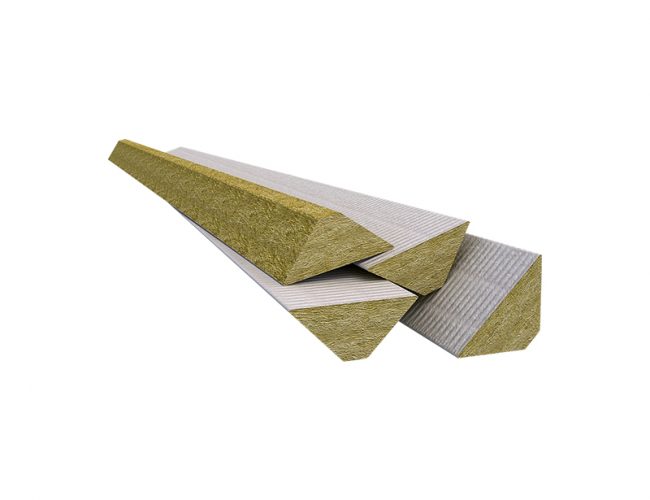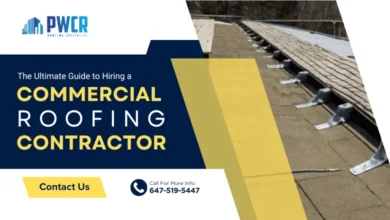Acoustics Expert Witness In Cold And Cryogenic Applications

Processes in the industrial sector are typically noisy since the processes as well as the installations used to process. The process can cause excessive noise that could cause harm to workers as well as the environment rockwool panels.
Acoustic floor insulation has multiple insulation solutions that could aid in the prevention of noise pollution.
What Exactly Is Noise And Pollution?
The sound is a mechanical phenomenon that is manifest as an acoustic signal through a medium. It can be heard through the human ears within the frequency from 16 Hz to 16,000 Hz. The term “frequency” can be define as the amount of oscillations per second. The pitch gets higher when frequency increases rockwool panels.
The word “noise” refers to a sound considere to be loud, unwelcome or unpleasant, and causes disturbance. At certain levels and durations it can have detrimental impacts on the human body.
The majority of sound is not considere to be noise pollution. The World Health Organisations (WHO) considers noise that is above 65 decibels (dB) as noise pollution (WHO — Environmental Noise Guidelines, 2018).
To be more precise the noise is harmful at a level of 75 decibels (dB) and can be painful over 120 decibels. The exposure to noise pollution could adversely affect health and behaviour for both animals.
Why Should You Be Concerned About Industrial Audio?
Industrial processes can be extremely loud as the processes as well as the equipment use to make. Process (petro) chemicals typically contain high temperature and high pressure compressors, pumps, blowers.
This is usually the case when fluids and gases operate at high speeds or pressures. The excessive levels of noise are harmful to workers’ health, as hearing loss due to noise. Among the most frequently occurring occupational injuries that occur in (petro) chemical processing.
These environments have no barriers that are in place to prevent the sound of machinery from going outside the boundaries of the facilities.
Increased stringency in environmental and health regulations has cause increasing importance when taking into consideration. The goal of these rules is to make sure that hearing is protecte from exposure to excessive levels of noise.
What Exactly Is Noise And Pollution?
(Work environments can easily exceed the 85 decibel limit, requiring workers to wear hearing protection.) From an ear-zoning perspective this regulation was design to help keep industrial buildings.
An ideal method to improve the sound protection is to add an audio control system to the pipes. Equipment at the time of installation to limit the noise levels to the acceptable limit once the equipment.
Failure to install the proper acoustic insulation is likely to result in costly repairs or even a ban on the usage of certain equipments.
Loss Of Insertion As Well As An ISO 15665 Test Method
Like the loss in sound transmission Insertion loss is a measure of the volume of sound and insulation. Blocks that moves through an insulation structure. The loss of insertion is the difference in the sound power of the uninsulate pipe and the one that is insulate.
The method of testing for evaluating the loss of insertion is ISO 15665:2003. Acoustics, rockwool panels used for valves, pipes and Flanges. ISO 15665 is an ISO 15665 standard design to allow engineers to determine the proper insulation thickness and type to attain a certain level of noise reduction.
The standard is divide into three categories of acoustic insulation, which are referr to as A, B and C, in the context of minimum requirements for loss of insertion. Another standard is the system “D” design in the hands of one of the biggest natural gas and oil producers.
Acoustical Options For Cryogenic And Cryogenic Applications
The first step to reduce noise is the proper selection of material, equipment and a well-plan design. Making use of acoustic insulation systems to minimise the emission of noise levels in the working equipment. The connecting pipes has proven to be among the most effective strategies to safeguard the workers from excessive noise from the process lines.
The noise that is produce in LNG facilities by the equipment that is in use during the process of liquefaction, or regasification, or just when loading or unloading. Systems for insulating sound typically design to reduce the amount of noise. In the case of LNG and ethylene-relate projects losses in insertion for classes C or class D is generally require.
Owens Corning has develop a new acoustic insulation method for cryogenic applications. It draws advantage of its cryogenic characteristics of cellulose glass in addition to the acoustic qualities of mineral wool.
Through the design and testing process to ensure ISO 15665 compliance of the composite cellular glass and mineral wool, class C and D could be attain with less material, which will help reduce the weight of the system, the need for labour’s and costs for installation.
Other Benefits And Savings Potential
Material Costs
Utilising a combination of Rockwool thermal insulation method and mineral wool you’ll be able to decrease the thickness of the upper layer that is require to meet the requirements of class.
Labour Cost
Because the top layer may reduce in size, you could also reduce the thickness of the cladding as well as decrease the mass layer making the entire system simpler to manage and install. This can allow for faster installation and, ultimately, lower costs for labours.
A Lighter Pipe Will Weigh Less
In the event of using less mineral wool along with a lower thickness of the cladding and a decrease of the thickness layer the weight of the pipe is reduce.
To ensure acoustic sites are successful it is essential to adhere to steps:
- The kind or type of sound (interior or external air-borne sound of equipment, impact);
- Source of the noise and the surfaces where it is transmit to eliminate them;
- Level of noise that is perceive (in decibels) and define the noise level that is acceptable for housing or for the premises and, consequently, determine the required insulation;
- Recognize the characteristics of the surface that is currently being address (breeze the hollow or block-like bricks or blocks, concrete partitions that are cellular and wooden or hollow flooring and so on. );
- Select the best solution and the best performance for the surface you want to cover.
What Exactly Is Noise And Pollution?
Mass spring-mass systems do not just offer the most unique lightness, flexibility efficiency. Because the superior properties of the material result in more efficient thermal insulation levels than the conventional methods.
There are a variety of sound sources, including structure borne and airborne. Airborne sound refers to the sound that radiates directly from a source, and then travels across the sky, e.g. neighbours voices or traffic noise your home.
The second kind of Rockwool floor insulation, like the sound of drilling, banging and rolling sound, is carri by structures of buildings. To reduce background noise, exterior walls, windows, and roofs must be properly insulate rockwool panels.
Furthermore, the sound propagation within rooms differs from the sound propagation that occurs in a free-field. This can adversely affect the acoustics of a room rockwool panels.





